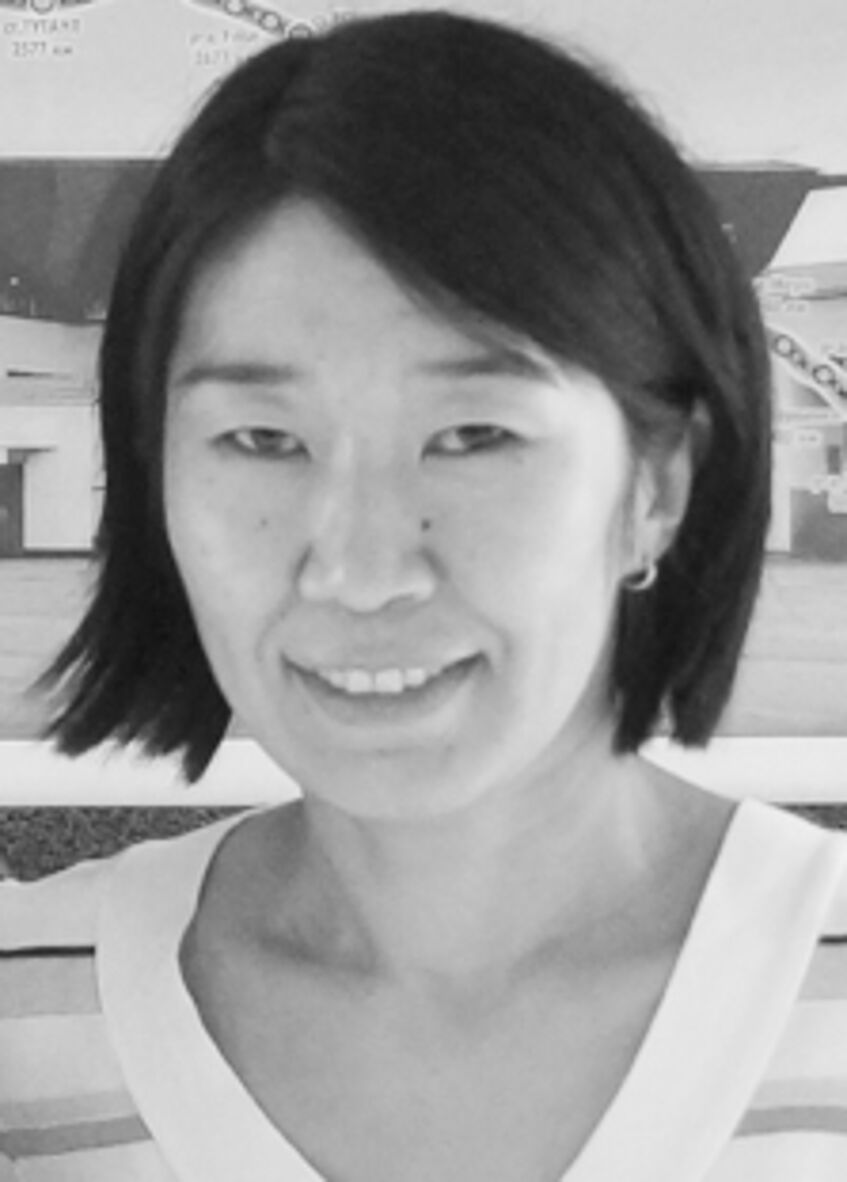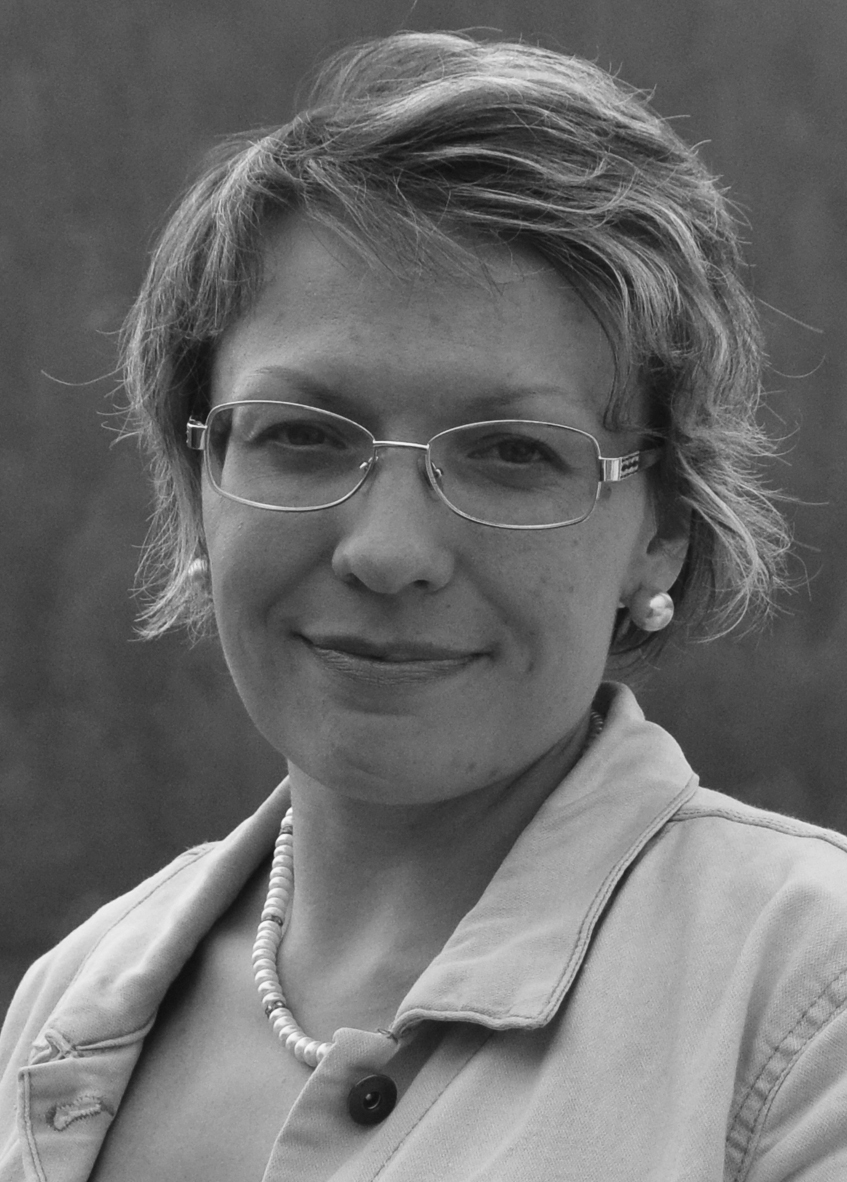Post-Socialist Infrastructure: Social Dynamics and Identity Politics in the Region of Baikal-Amur Mainline

Interviewing Evenki residents, summer 2016
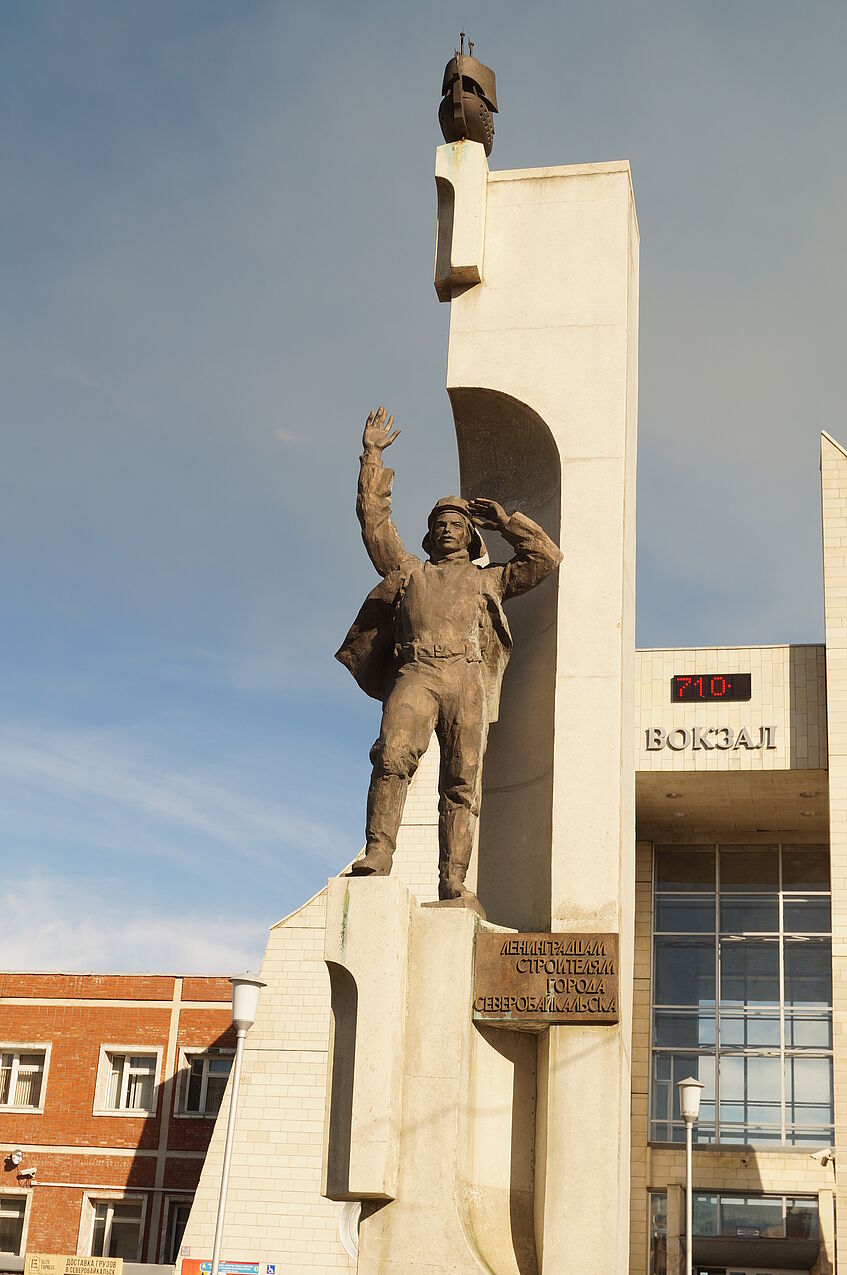
Monument to the BAM-builders in Severobaikalsk, (c) Peter Schweitzer
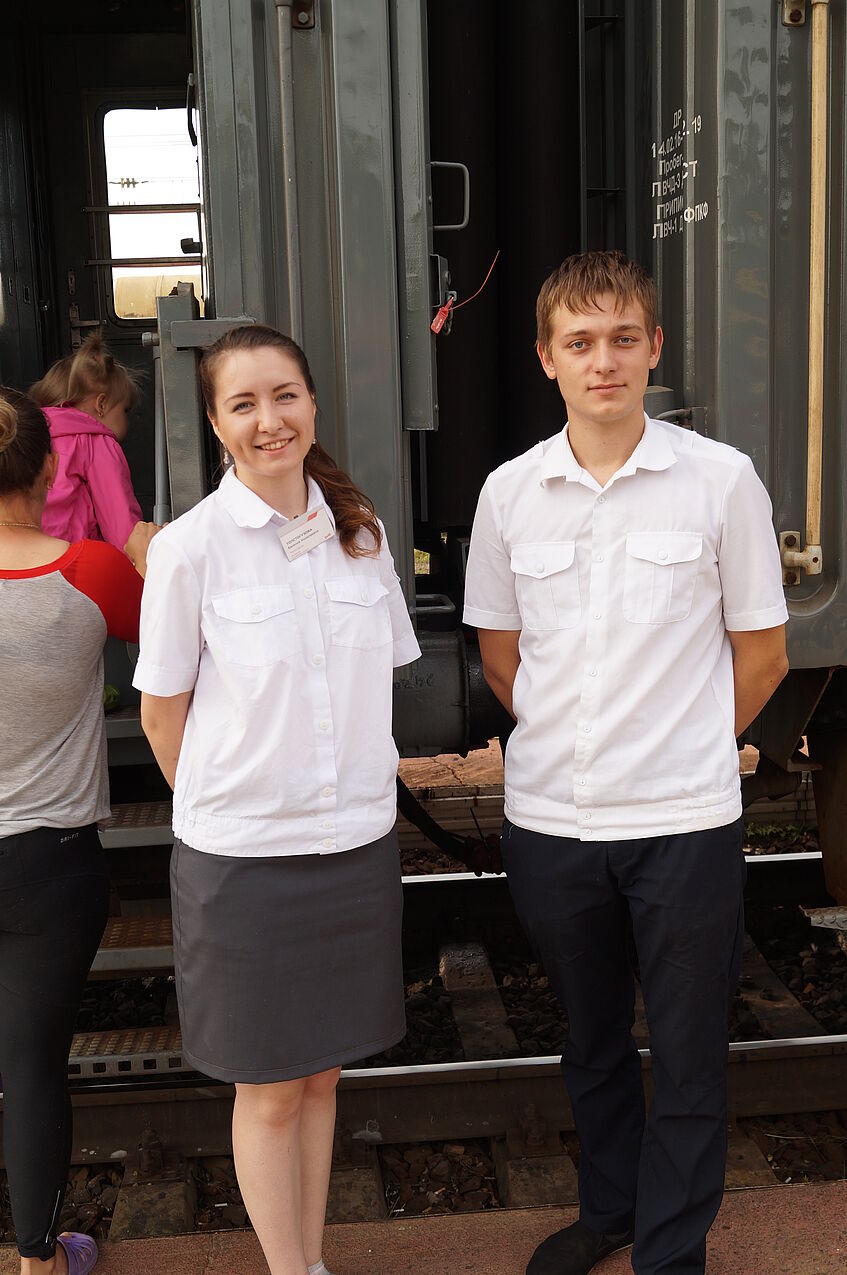
Train attendants at Skovorodino (c) Peter Schweitzer
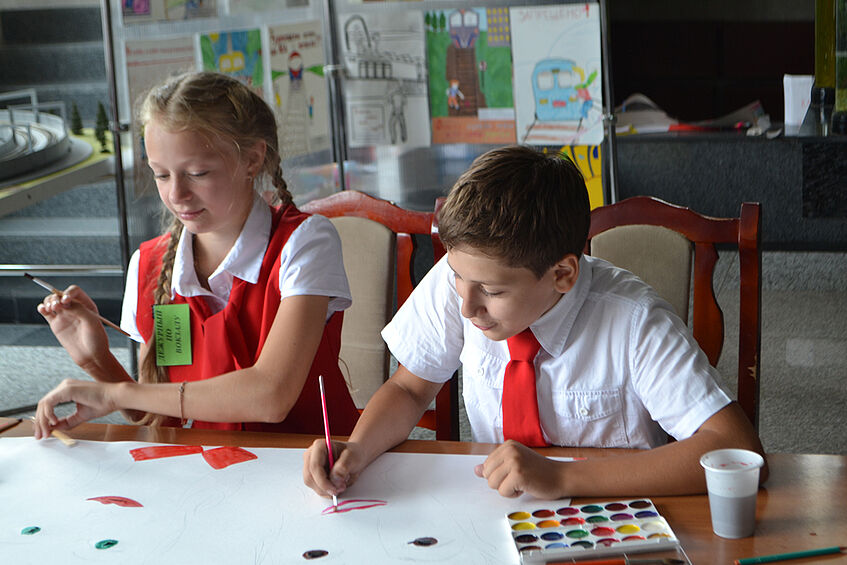
Children's Railroad Museum, Irkutsk 30.07.2017 © Olga Povoroznyuk
This project component aims at exploring large infrastructures as an articulation of Russia’s state modernization projects and identity politics in the Soviet and post-Soviet periods. Drawing on the case study of the Baikal-Amur Mainline (BAM) in East Siberia, I raise the following specific research questions. How did the BAM construction shape new identities and communities in the Soviet period? In which ways has the railroad infrastructure affected indigenous and local people and involved incoming migrants? What is the role of Soviet ideologies and memories in the current processes of identity building and the politics of emotion? Which ideological, affective and material continuities and ruptures could be identified between the socialist BAM and its present modernization program BAM-2?
While the existing publications about the railway often focus on one group or one level of analysis, this research aims at a more comprehensive study of entanglements of different groups and stakeholders with the BAM infrastructure. It will bridge two strands of discussion – on Soviet and post-Soviet ideologies and identities, on the one hand, and on anthropology of infrastructure, on the other. Data gathered with the help of participant observation and ethnographic interviews and archival works will be complemented with policy documents and local press materials and triangulated with statistical data and results of a questionnaire-based mobility survey. While the major anthropological fieldwork is conducted in select towns and villages along the BAM (see the project map), additional information is requested in libraries, archives, statistical bureaus and companies’ offices in East Siberia and in Moscow.
Field Sites
The fieldwork on the component will be conducted in the BAM cities of Tynda, Severobaykal'sk, the town of Novaya Chara, and indigenous villages Chapo-Ologo, Pervomayskoe, Ust'-Nyukzha and Kholodnoe off the railroad in Zabaykal'skiy Kray, Amurskaya Oblast' and the Republic of Buryatiya. To study the BAM history and population dynamics, we will work with documents from the state archives and statistical bureaus in Moscow, Chita, Tynda and Severobaykal'sk. In order to analyze identity politics and social relations in the region, we will collect in-depth interviews and oral histories of indigenous people and BAM builders, as well as recent migrants and industrial shift workers. Expert interviews with officials and the leaders of NGOs, railroad and extractive companies, as well as content analysis of the official documents and local press, should serve us as a basis for examination of stakeholder relations and community development. The mobility survey, addressing some of our research questions and conducted in collaboration with The View from Above component, will provide us critical support with visualization and mapping of the received statistical data and mobility patterns in the studied communities.
Collaboration with local partners
- Our academic collaboration partners in Moscow include the Institute for Ethnology and Anthropology, Russian Academy of Sciences http://iea-ras.ru/. CoRe team member Olga Povoroznyuk, who is currently affiliated as a senior researcher with the Department of the North and Siberia is involved in the Institute’s scientific publications and events and facilitates the collaboration between the CoRe team and the colleagues from Moscow.
- In Chita, we continued cooperation with the Transbaikal Regional Museum http://museums75.ru/. We thank Oleg Kuznetsov, the museum’s research director, for organizing a CoRe public lecture in July 2017. We also keep contact and exchange information with researchers from the Institute of Natural Resources, Ecology and Cryology, Siberian Branch, Russian Academy of Sciences in Chita http://inrec.sbras.ru/
- Our main cooperation in Irkutsk, facilitated by project partner Vera Kuklina, is located at the Institute of Geography, Siberian Branch, Russian Academy of Sciences http://irigs.irk.ru/ In 2017, Olga Povoroznyuk established new contacts with researcher and teachers from Irkutsk State University http://isu.ru/en/index.html and Irkutsk National Research Technical University https://www.istu.edu/eng/sveden/default
- During the fieldwork on component A in Tyndinskiy District in 2016 and 2017, the CoRe team including Peter Schweitzer, Olga Povoroznyuk and Vera Kuklina enjoyed logistical support of the head of the district administration Tamara Lysakova, who facilitated our scientific work in Tynda organized our trips to several settlements in the district http://atr.tynda.ru/
- We also want to thank Museum of the BAM construction http://muzbam.amur.muzkult.ru/about/ and the district archive based in Tynda for their collaboration on the topic of our research. In 2017, Olga Povoroznyuk continued cooperation with the CoRe local assistant Elena Makarova from Tynda who was responsible for mobility surveys in the settlements of Pervomayskoe, Ust-Urkima and Larba, Tyndinskiy District.
- New contacts were established in indigenous village Ust’-Nyukzha. In addition to that we appreciated support and hospitality of the local administrations in Yuktali, Ust’-Nyukzha, Ust’-Urkima and Khorogochi in Tyndinskiy District.
- In Severobaykal’sk, we would like to thank activists and museum workers Tatyana Vetrova and Galina Chernova from the House of Culture “Zheleznodorozhnik” and the city archive for their support and collaboration.
- All these collaborations are important for our continued data gathering and interaction with the local communities, as well as for organizing a CoRe-related fieldwork practice for the students of social anthropology at Vienna University to be carried out in the BAM region in May-June 2017. Finally, we would like to acknowledge all our informants and friends living in the railroad towns of Novaya Chara, Tynda and Severobaykal’sk, as well as in indigenous villages in Kalarskiy District, Zabaykal’skiy Kray, Tyndinskiy District, Amurskaya Oblast’ and Severobaykal’skiy District, the Republic of Buryatiya.


